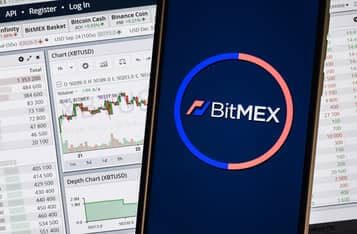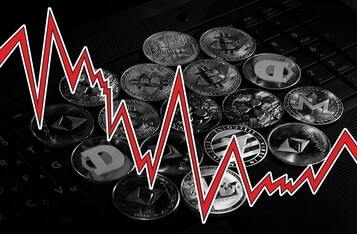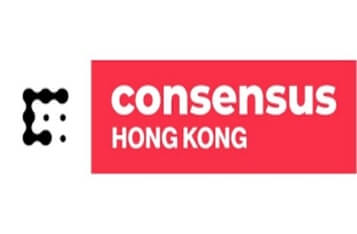Bitcoin Investors Showcase Renewed HODLing Behavior Amid Market Uncertainty
Despite the cryptocurrency market grappling with the largest downtrend of the cycle, a significant shift towards HODLing and accumulation is emerging among Bitcoin (BTC) investors, according to Glassnode Insights.
Executive Summary
After months of heavy distribution pressures, Bitcoin holders are showing signs of reverting to HODLing and accumulation. While spot markets indicate a persisting net sell-side pressure, a notable portion of network wealth is now held by Long-Term Holders (LTH), suggesting high conviction among this cohort.
A Return to HODLing
The market's slow recovery from last week's sell-off has brought uncertainty and indecision among digital asset investors. However, on-chain data reveals an increasing trend towards HODLing. Since the all-time high (ATH) in March, the market experienced significant supply distribution, but recent weeks show a reversal, particularly among large wallets often linked to ETFs.
The Accumulation Trend Score (ATS) metric, which assesses weighted balance changes, indicates a return to accumulation, achieving its highest possible value of 1.0 in the last month. This trend is also evident among LTHs, who have added +374k BTC to their holdings over the past three months.
Evaluating Bias in Spot Markets
Despite the technical downtrend, the spot price has remained above the Active Investor Cost Basis, a key threshold for investor sentiment. This resilience suggests ongoing positive market momentum in the short-to-medium term.
The Cumulative Volume Delta (CVD) metric, which measures the net balance between market buying and selling pressure, shows a consistent net sell-side regime since the new ATH. However, an adjusted variant of the CVD metric indicates potential recovery in spot market demand.
Cycle Navigation
The recent sideways price action has slowed LTH distribution, leading to a stable and growing percentage of network wealth held by this group. Despite substantial sell-side pressure, wealth held by LTHs remains historically high compared to previous ATH breakouts, indicating potential future divestment pressure if BTC prices rise.
The LTH Sell-Side Risk Ratio, which gauges realized profit and loss relative to asset size, remains low, suggesting LTHs are waiting for higher prices before increasing distribution pressure. This behavior points to a patient and resilient holder base, even amid market volatility.
Summary and Conclusions
Long-Term Bitcoin Holders are demonstrating steadfast conviction and increased accumulation behavior despite challenging market conditions. The elevated percentage of Bitcoin network wealth held by LTHs compared to previous cycles indicates investor patience and resilience, with a lack of panic selling during the largest price contraction of the cycle.
Disclaimer: This report does not provide investment advice. All data is for informational and educational purposes only. Investment decisions are solely the responsibility of the individual.






